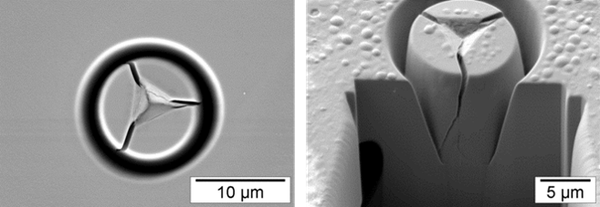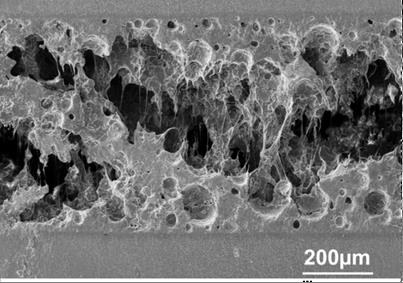Ceramic Materials

For the effective long-term use of ceramic functional materialis, the mechanical reliability of of the employed ceramic components, which are tipically brittle, is particularly important. On the one hand, this requires the characterization of the critical parameters for the entire application-relevant temperature and ambient-atmosphere range. On the other hand, the properties in the micro- and macroscopic scale must be recorded and the specific mechanical characteristics must be correlated with the respective microstructure.
For this purpose, several characterization methods are used and optimized. Elastic and inelastic properties are measured, as well as the fracture toughness and fracture strength with the associated analysis of failure probability and failure origin. Results lead to the determination of critical boundary conditions for the application. Guidelines can be therefore formulated for the optimization of the material compositions and production processes. For confirmation, the derived boundary conditions are also compared with the results obtained by simulation.
The research focus is set o the mechanical behavior of innovative rechargeable solid-state batteries, materials for mixed-conductivity high-temperature membrane systems (oxygen and proton conductive), high-temperature fuel and electrolytic cells. In addition to functional materials, a particular interest lays also on porous ceramic support materials and glass-ceramic sealing materials.


